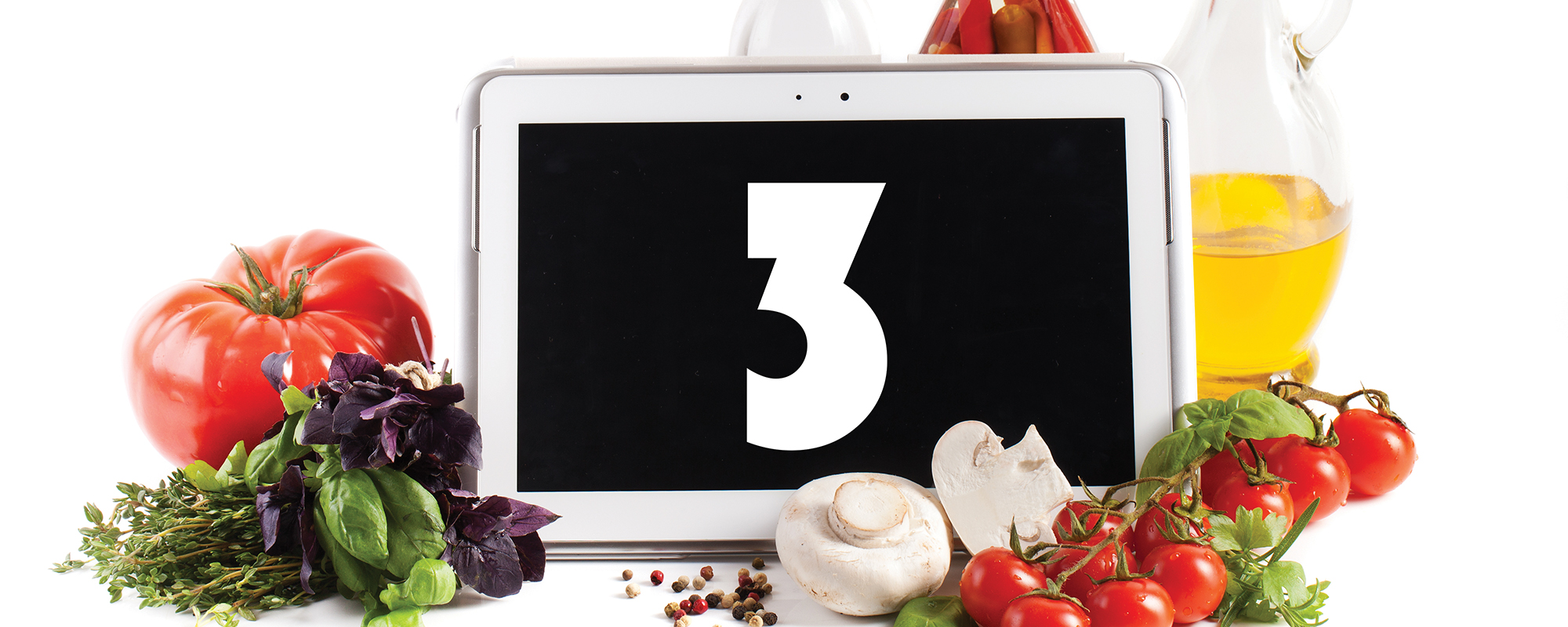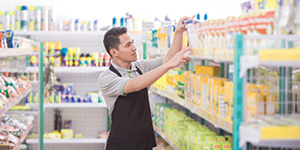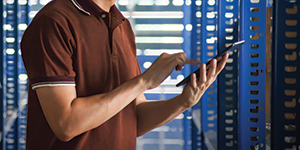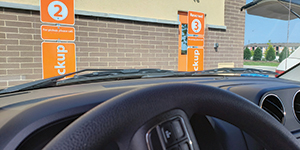Food Retail Technology: Predictions for Years Ahead

Discussing future trends in grocery stores and retail has always excited us, so this was the perfect place to start in uncovering more on the topic of food retail technology. Here's a few exciting technological trends taking over the industry:
- Online shopping: although not a "predicted trend" since were already in the age of click and collect and curbside pickup in food retail, the one thing you can expect is far more customization. So, expect more data to be learned from your customers to create the most tailored experience possible. Above all, data is–and will continue to be–king in the years to come. Are you interested in launching your own online shopping program? Jump here.
- Smart Products: there's an array of products forecasted to assist employees in everyday tasks. Here's a few products we've heard about:
- Shelving–this product will be able to monitor real–time data for inventory of items on its shelves, display digital pricing of items, and even alert staff on expiring shelf life of products.
- Refrigerator equipment monitors–this handy monitor could keep tabs on frozen foods, alert staff if products are spoiling, and even if temperatures need to be adjusted
Studies found that implementing food retail technology in business can reduce waste of fruits and vegetables by almost 50%! Learn more shocking facts about our global food crisis here.
What technologies are used in a grocery store? Plus More FAQ's

Read below on some of the most commonly asked questions other food retailers have on the topic of emerging technology in food retail and how it's being used.
What technologies are used in a grocery store?
Most food retailers use technologies to offer customers with the convenience of online grocery shopping. And, taking this one step further, technologies and hand-held scanners that can report stock quantities for items on the store floor. Besides this, it's becoming more popular (especially during a labor shortage) to implement self check-out monitors for shoppers.
How can I improve my store experience?
This is one of our specialties! We've created lots of different thought-starters for how food retailers can enhance their in-store experience. Here's a few interesting articles and infographics to help:
What is online grocery shopping?
Buying food, household items, and even clothing through an online platform. For a deeper dive on this topic, check this out.
Three Steps to Add New Grocery Store Technology

While there's certainly more than one way to begin implementing grocery store technology into your business, we've found that the cutting-edge grocers seem to have a few similar steps in common to creating their own program. They start by taking these first three steps:
Step 1: Pinpoint the best technology for your business
Taking the plunge into investing in new food retail technology is certainly the hardest. While there's many different avenues to go down, the most popular types of technology we've seen from food retailers are: launching a mobile app for customers to shop online, in-store technology for self-checkout, and building a platform for secure payments for click and collect orders.
Step 2: Create a team and/or hire an expert
Technology changes on a dime. That means it's essential to build a team devoted to these new technologies, and, if that's not feasible—it's worth the investment to hire an expert to spearhead your tech initiatives.
Step 3: Rely on your existing data, and keep going back to it
There're thousands of daily events that go on in just one day at a grocery store. If you're able to capture this shopper data, you can keep close tabs on what your customers want–and just as important–what to expect next. Once you've chosen the specific type of technology, app, platform, etc. to implement in your store, this data should be your blue print for how navigate forward with your customers.
Start Your Own Click and Collect Program
We've created four essential steps to starting your own online shopping program. Check out the table below to learn more about each step.
Steps to Creating a Successful Click and Collect Program
Phase 1: In Store Gathering
What Is It?
In this first phase, employees grab products off the shelves and transport them to designated storage and holding areas. To do this quickly and efficiently, your employees need carts, bags, racks, and more.
Steps for In Store Gathering
- Assemble your on-floor collection carts to collect grocery items
- Find the right bagging to hold your groceries and other products
- Determine products for communication to reach other employees about secured orders or items you can't find
Phase 2: Storage and Holding
What Is It?
After in-store gathering, products make their way to storage and holding areas. Although space in your store may be limited, the proper holding products can be used to maximize your space.
Steps for Storage and Holding
- Prepare shelving for product orders
- Pick your organizational items to assemble your orders as they come together
- Find your products to use for produce items—weighing these items is crucial to determine their cost
- Protect and secure valuables with security items
Phase 3: Curbside Pickup and Delivery to Vehicle
What Is It?
This is the last phase where completed orders are hand delivered to shopper vehicles. Proper transportation and operational items are needed to successfully complete this curbside pickup method.
Steps for Curbside Pickup and Delivery to Vehicle
- Finding the right operational items like bright vests and clipboards
- Transportation to vehicle








